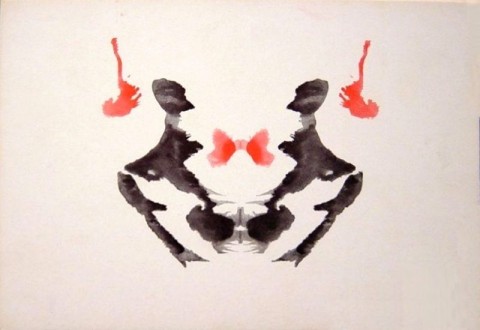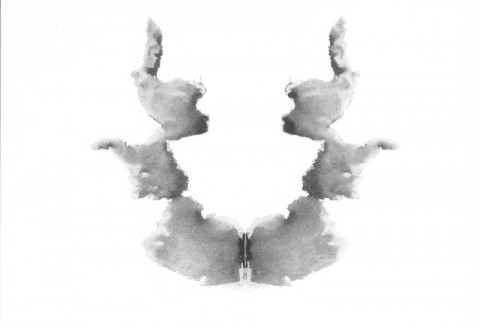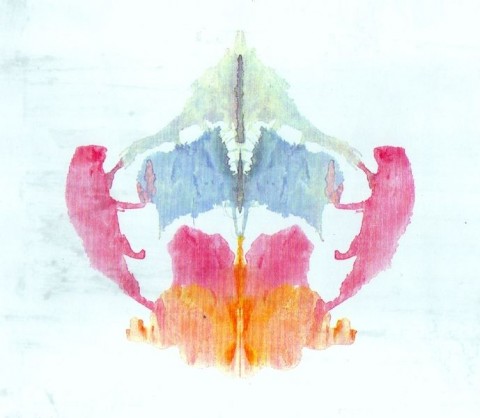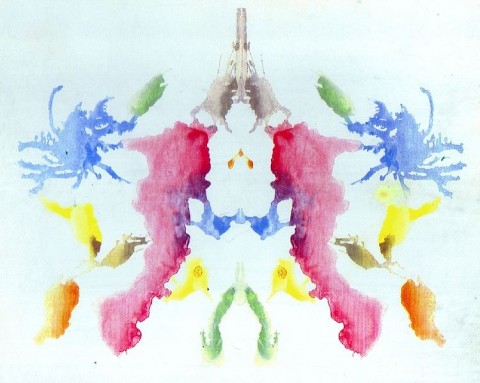If subtitles don’t play automatically, please click the “CC” button at the bottom of each video.
When Sigmund Freud died in 1939, the year Hitler invaded Poland, W.H. Auden wrote a eulogy in verse and remarked “We are all Freudians now.” One might have said something similar of Michel Foucault after his death in 1984. Foucault became a fiercely political philosopher after the May 1968 Paris student uprising and in a year that saw the Tet Offensive in Vietnam and the assassinations of Martin Luther King Jr. and Robert Kennedy. In the following year—after the Manson murders and the grim events at Altamont—the sixties effectively came to an end as its utopian projects flared up and fizzled.
In the next repressive decade, Foucault published Discipline and Punish (1974) and his History of Sexuality (1976). Even as he used Freudian concepts, he declared Freudian psychoanalysis complicit in what he called “disciplinary society,” another method, like prisons, schools, and hospitals, of keeping masses of people under constant surveillance and in states of submission. It is this post-‘68 Foucault many of us came to know—an anti-philosopher whose deep distrust of all institutional forms of power seemed the perfect ally for post-adolescent college students in comfortable rebellion. This is why it is a little surprising to see the Foucault above, in a 1965 conversation with philosopher Alain Badiou, ensconced in the bourgeois world of a French philosophical culture, with its lineages and ordinary citizens browsing paperback copies of Marx and Hegel, instead of staging Situationist actions to disrupt the social order.
But of course, it’s only logical to infer that the one culture led directly to the other. For all his rhetorical theatrics, Foucault never gave up on the humanist institution of the university, but always made his home in classrooms, lecture halls, and yes, even TV interviews. His topic in conversation with Badiou is “Philosophy and Psychology” and they came together on the educational television program L’enseignement de la philosophie—another testament, like the well-stocked bookstores and cultural landmarks, to a sixties French culture steeped in philosophical attitudes. Unfortunately we have only the first two parts of the interview, above, with English subtitles (the third and final part is still waiting to be translated). You can, however, see the full interview in French below.
The interview opens with the question “What is psychology?” Foucault’s answer, which he would revise many times in the coming decades, along with his terminology, begins by asking that we “interrogate” the discipline of Psychology “like any other type of culture.” Prodded by Badiou, he elaborates: Psychology is yet another institutionalized “form of knowing” that makes up a disciplinary society, the core concept of his philosophy. Foucault’s interviewer Badiou is now an elder statesman of French philosophy, its “greatest living exponent,” writes his publisher. His most recent book documents forty years of what he calls the “’French moment’ in contemporary thought”—one greatly inspired by Michel Foucault.
Related Content:
Clash of the Titans: Noam Chomsky & Michel Foucault Debate Human Nature & Power on Dutch TV, 1971
Free Online Philosophy Courses
Josh Jones is a writer and musician based in Durham, NC. Follow him at @jdmagness
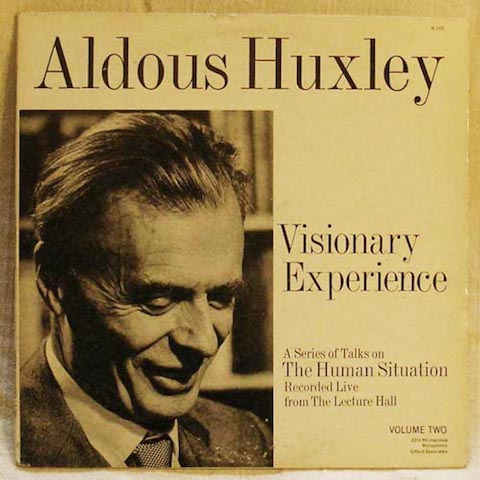
 In early January, we brought you a set of
In early January, we brought you a set of 

